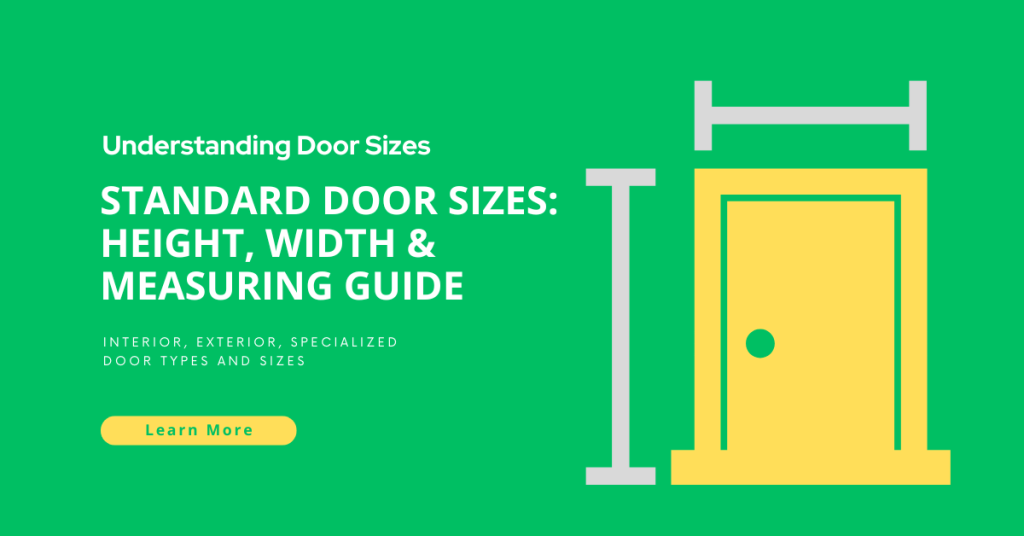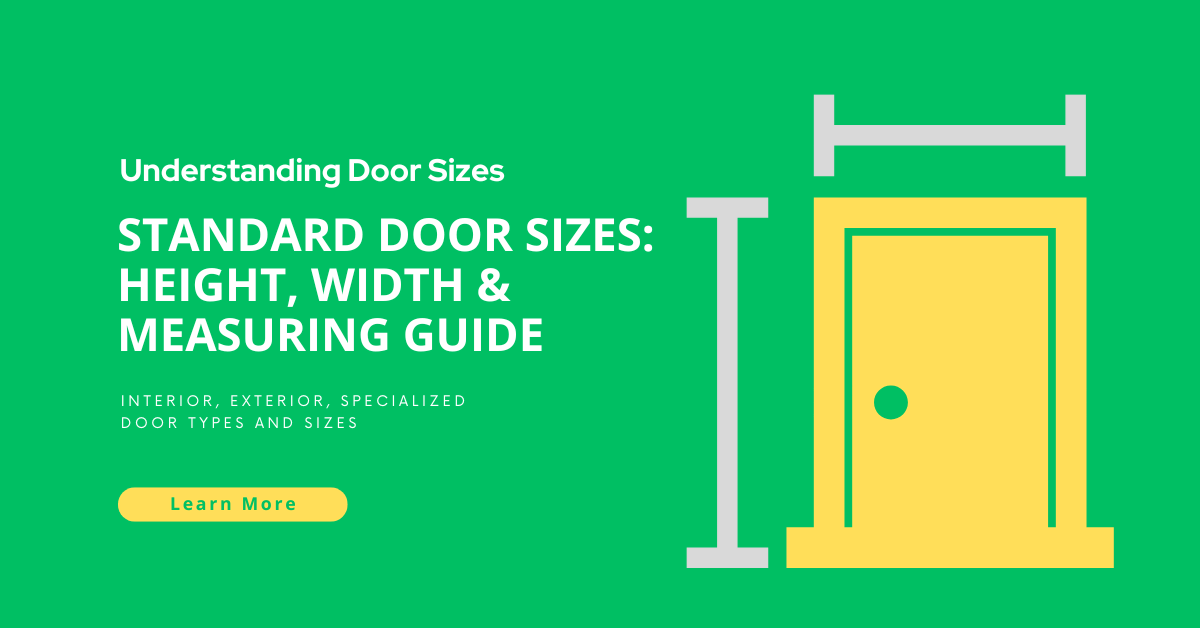Considering new windows? Single-hung windows are a popular choice, often known for being more budget-friendly than some alternatives. But how much do single-hung windows actually cost?
Understanding the price range and the factors involved helps you budget effectively and make the best choice for your home.
This guide breaks down typical single-hung window costs, including materials, installation labor, and factors that influence the final price you’ll pay.
What Are Single-Hung Windows? (Quick Recap)
As a reminder, if you need the full details on what single-hung windows are, check our main guide. In short: they have two sashes, but only the bottom sash slides up to open, while the top sash remains fixed. This simpler design often contributes to their lower cost compared to double-hung windows.
What You Can Expect to Pay: Average Costs
Getting straight to the point, here’s a general idea of installed costs:
- Typical Installed Price Range: $245 to $635 per window (including professional installation).
- Average Installed Cost: Around $440 per window.
- Window Only Cost (Low End): Basic, smaller vinyl windows might start around $100 – $175 (window unit only).
- Window Only Cost (High End): Large, premium material (like wood or fiberglass), highly energy-efficient, or custom windows can cost $1,000 – $2,800+ (window unit only).
Note: Prices vary significantly based on your location, the specific product, and project details. Always get multiple quotes.
Key Factors Influencing Single-Hung Window Costs
Several elements determine the final price tag:
- Frame Material: Vinyl, wood, fiberglass, aluminum – each has a different cost.
- Window Size: Larger windows require more materials and labor.
- Glass Type: Energy-efficient options (double/triple pane, Low-E) add cost.
- Brand: Manufacturer reputation and features impact price.
- Installation Labor: Professional installation adds to the total cost.
- Location: Regional price differences and window placement (upper vs. lower floor) matter.
- Customization: Non-standard sizes or features increase cost.
Let’s break these down further.
How Does Frame Material Affect Cost?
The material used for the window frame is a major cost driver.
| Frame Material | Typical Cost Range (Window Unit Only) | Key Characteristics |
|---|---|---|
| Vinyl | $100 – $250+ | Most affordable, low maintenance, good insulator |
| Aluminum | $150 – $400+ | Strong, slim frames, less insulating, durable |
| Wood | $200 – $500+ | Classic look, requires maintenance, good insulator |
| Fiberglass | $300 – $600+ | Very strong, durable, energy-efficient, paintable |
Vinyl single-hung windows are often the most cost-effective initial choice.
Impact of Window Size on Pricing
Unsurprisingly, bigger windows cost more.
- More Materials: Larger frames and glass panes increase material costs.
- Installation Complexity: Larger, heavier windows can be more difficult to handle and install, potentially increasing labor time.
Here are example cost ranges based on width (height also impacts price):
| Single Hung Window Width | Estimated Cost Range (Window + Basic Install) |
|---|---|
| 24 inches | $200 – $420 |
| 32 inches | $260 – $470 |
| 48 inches | $300 – $640 |
Refer to guides on standard single-hung window sizes for more context.
Glass Options and Energy Efficiency Costs
Upgraded glass adds to the initial cost but can save money long-term through energy savings. (Link -> Cluster 8) Learn more about window energy efficiency factors.
- Double-Pane Glass: Standard for most quality new windows, offering good insulation. Adds cost over basic single pane (rare now).
- Triple-Pane Glass: Offers superior insulation, especially in very cold climates, but comes at a significant price increase over double-pane.
- Low-E Coatings & Gas Fills (Argon/Krypton): These enhance thermal performance, adding moderate cost but improving year-round comfort and potentially lowering energy bills.
- Impact-Resistant Glass: Required in hurricane zones, significantly increases cost due to specialized construction.
Window Brand Pricing Differences
Well-known brands often command higher prices due to reputation, warranty, features, or material quality.
| Window Brand | Example Price Tier | Notes |
|---|---|---|
| JELD-WEN | Budget to Mid-Range | Wide range of options, readily available |
| Ply Gem | Budget to Mid-Range | Often focuses on vinyl |
| Hotian Windows | Full Range | Custom & Standard |
| Alside | Mid-Range | Common choice, especially for vinyl |
| Simonton | Mid-Range | Known for quality vinyl windows |
| Marvin | Mid to Premium | Known for quality, especially wood/fiberglass |
| Milgard | Mid to Premium | Strong presence on West Coast |
| Andersen | Mid to Premium | Wide product lines, strong brand recognition |
| Pella | Mid to Premium | Broad range, known for innovation |
| CertainTeed/MI | Mid-Range | Solid options, often through contractors |
Note: Tiers are approximate and vary by specific product line.
Installation Labor Costs
Don’t forget the cost of putting the window in!
- Average Labor Cost: Roughly $65 to $150 per window for standard single-hung installation. Can be higher for complex jobs.
- Hourly Rates: Some installers charge $40-$100+ per hour. A single window usually takes 1-2 hours.
- Factors Increasing Labor:
- Upper-floor installations (require ladders/scaffolding).
- Complex removals or repairs needed to the existing opening.
- Working with difficult materials (e.g., brick exterior).
Understanding the window installation process helps clarify labor involved.
Costs for Single-Hung Replacement Windows
Replacing existing windows involves removal and installation. Learn about the full window removal and replacement process.
- Average Replacement Cost (Installed): Typically $400 to $850 per window, with a national average around $560.
- Variability: Depends heavily on window choice (material, brand, size) and the condition of the existing frame/opening.
Cost Comparison: Single-Hung vs. Other Window Types
How do single-hung costs stack up? See our full comparison of single-hung vs. other window types.
| Window Type | Typical Installed Price Range | Notes vs. Single-Hung |
|---|---|---|
| Single Hung | $245 – $635+ | Baseline |
| Double Hung | $300 – $800+ | Generally more expensive |
| Sliding | $350 – $900+ | Similar or slightly more |
| Casement | $300 – $900+ | Often more expensive |
| Picture (Fixed) | $200 – $700+ | Can be cheaper (no operation) |
| Bay & Bow | $1,500 – $5,000+ | Significantly more expensive |
DIY vs. Professional Installation Costs
- DIY: You save on labor ($65-$150+ per window) but incur costs for tools (if needed), materials (caulk, shims, flashing), and your time. Mistakes can be costly and void warranties. Best suited for experienced DIYers on ground-floor windows.
- Professional: You pay for labor, but gain expertise, efficiency, proper sealing/insulation, and often a labor warranty. Recommended for most homeowners, especially for multiple windows or upper floors. Consider the skills needed for installing windows yourself.
Tips for Saving Money on Single-Hung Windows
- Stick to Standard Sizes: Custom sizes always cost more.
- Choose Vinyl Frames: Generally the most budget-friendly material.
- Get Multiple Quotes: Obtain at least 3 detailed estimates from reputable installers.
- Phase Your Project: Replace windows in stages if budget is tight.
- Look for Rebates/Sales: Check for manufacturer promotions, local utility rebates (for energy efficiency), or seasonal discounts.
- Prioritize Features: Decide if premium features (e.g., triple-pane glass) are truly necessary for your climate and budget.
Key Takeaway
Single-hung windows are a solid, often cost-effective window choice, typically ranging from $245 to $635 installed. Key cost drivers include frame material, size, glass upgrades, brand, and installation complexity. While vinyl offers the lowest entry price, consider long-term value, energy efficiency, and your specific needs. Always get multiple professional quotes to ensure you’re getting a fair price for your project.










